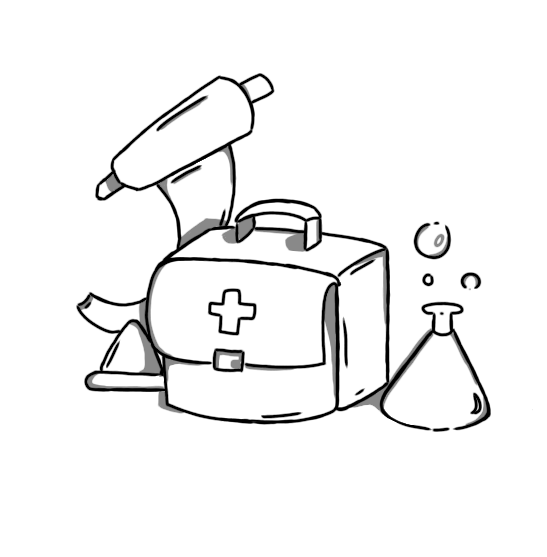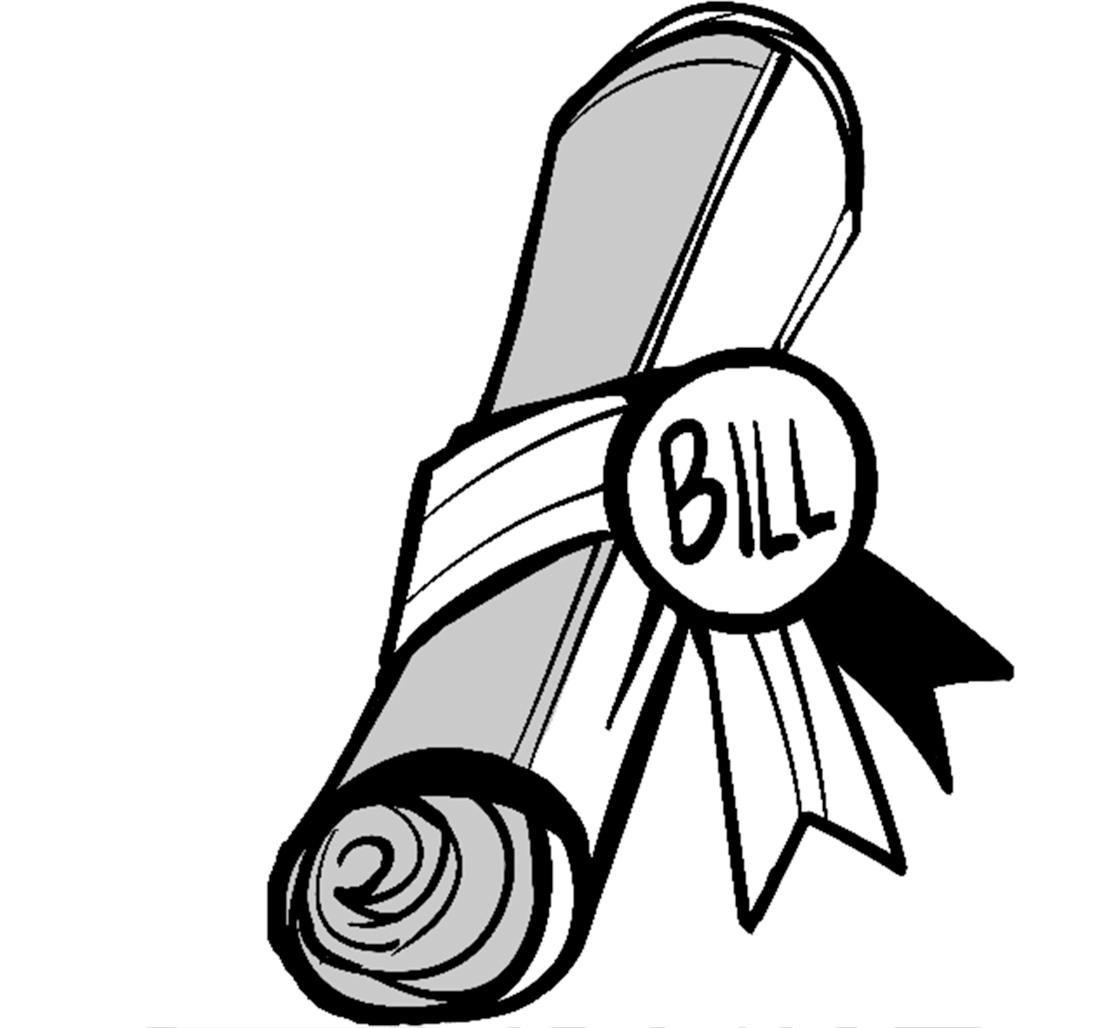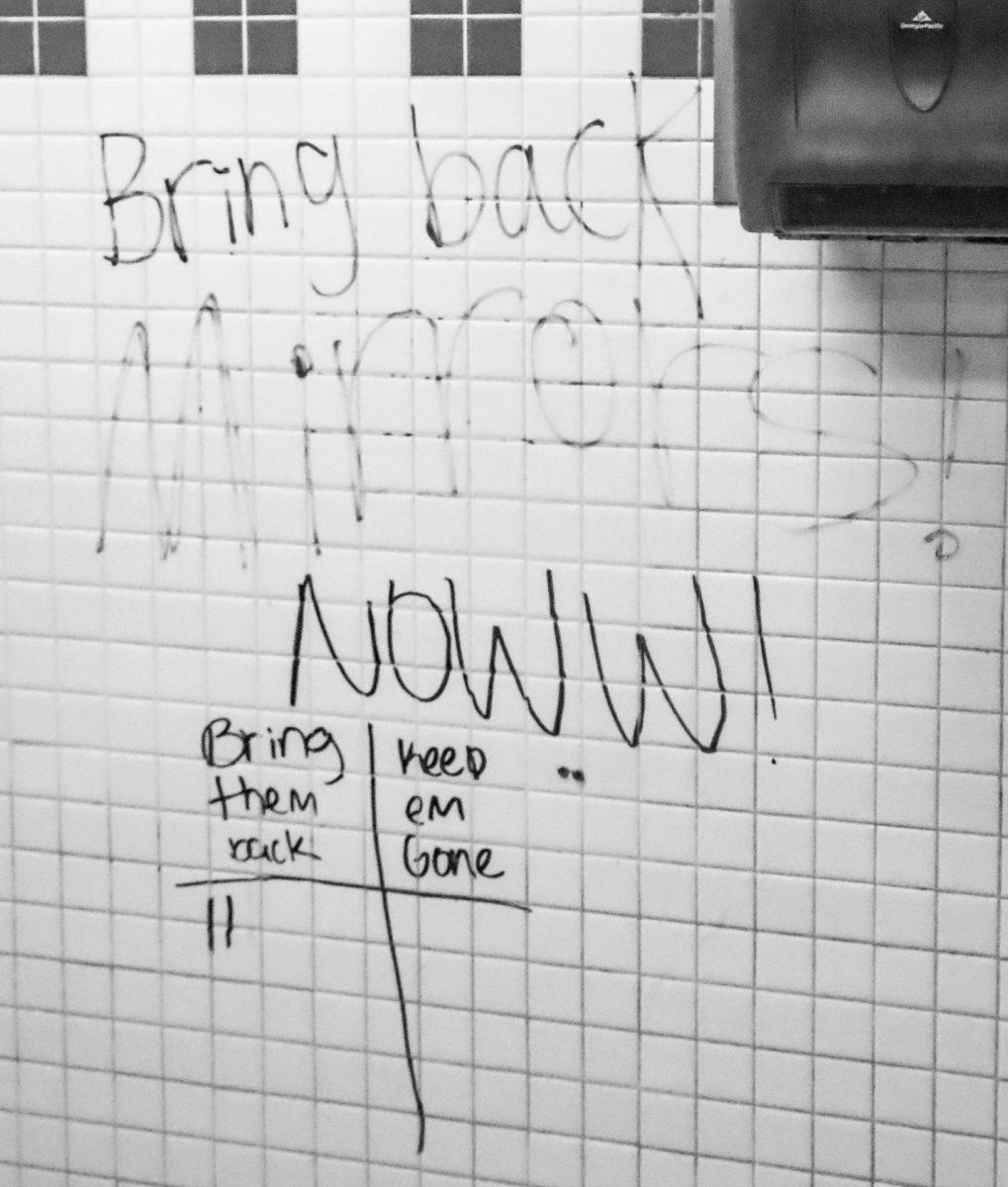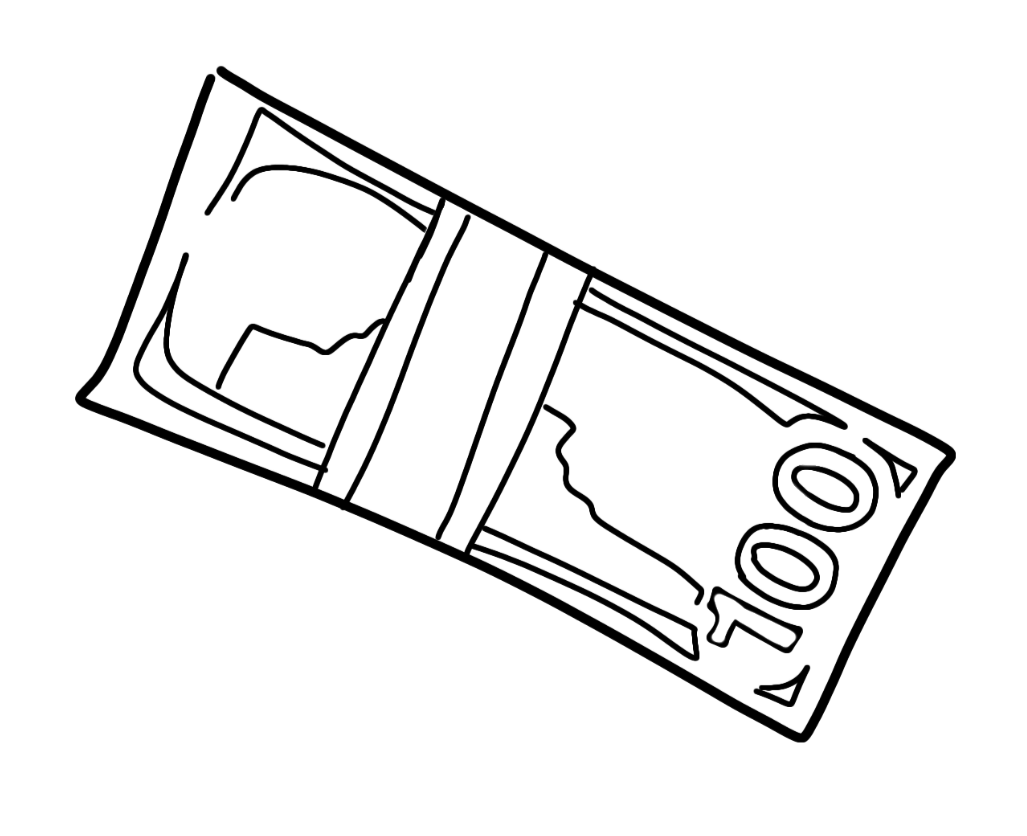Menstrual hygiene product (MHP) dispensers returned to MTHS in September after facing an approximately 10-year absence from the school. Administration chose to install the first and second machines in the women’s bathroom located outside of the locker rooms and the one outside of the main gym.
These machines offer pads and tampons and will dispense the appropriate product after a knob on the machine is turned. In between the pad and tampon labels on the machines is a round white sticker with blue text that reads, “FREE” — students can obtain these products at no charge. MTHS is the only high school in the Edmonds School District (ESD) with MHP dispensers that offer the products for free.
Additionally, students can obtain free MHP in the health room of the main office. They are advised to see a counselor or student support advocate Latisha Williams if they need a large supply of MHP.
Though MTHS already had multiple avenues for students to acquire MHP, the incorporation of an MHP dispenser allows for more accessibility. School nurse Julie Hill also believes the dispensers will increase convenience for students in terms of access and urgency.
“Our goal for anything that we do is to keep students in class and if they have to leave class, we want them out of class [for] as few minutes or seconds as possible,” she said. “Having one dispenser downstairs and a cabinet in the health room upstairs is much better, because it allows students to get the product and be in the bathroom for less time.”
Hill believes increased availability of MHP also gives students more control over their bodies, which she sees as a component of independence.
“As educators, we treat teens as emerging adults,” Hill said. “As the nurse, I look at people — students — to be partners in their healthcare, and if they can instead access products that are needed independently, that makes them a better partner in their health.”
She views the health room’s role as being a “backup” for students who don’t have a MHP available when needed. As both the health room and dispensers provide MHP for free, Hill said the ease of access gives “power to the people.”
“We need to be backup for them. You’ll always have to have a supply of backups at school and at home. We want kids to stay in school and not have to go home,” Hill said. “It fosters independence and a partnership in health that young women can take care of their own needs.”
On the school level, both Hill and office manager Cathy Fiorillo said they have no concern with providing MHP for free. All high schools in the ESD pay for pads and tampons out of their own building supplies budget.
In the ESD, the presence of MHP dispensers is a choice made by each building. Health Services Program Manager Mara Marano-Bianco said she is currently “not familiar” with the current state of MHP accessibility in the ESD. Nonetheless, she expressed approval when she learned that the dispenser at MTHS allows students to obtain MHP at no cost.
“I have no issues with that,” she said. “I think it’s something to help with providing equity for female students. I think that’s something we should do.”
Marano-Bianco can see MTHS influencing other schools to increase their accessibility of MHP.
“It does set a positive precedence within our school district and it’s a positive model moving forward,” she said. “It may bring a sense of equity for young women in our school [district].”
All high schools in the ESD distribute pads and tampons in their health rooms or offices, but now MTHS has rejoined them in having dispensers, too. However, Meadowdale High School office manager Tsana Leen is unsure about the functionality of their machines.
“I believe that the dispensers in our bathrooms are no longer working, however, we keep a mass amount in our health room for anyone to access. We get them donated and always have [them] on hand,” she said.
Similarly, office manager Mary Stephens-Bell from Edmonds-Woodway High School (EWHS) has the same uncertainties about their dispensers.
“We do have dispensers in the women’s bathrooms here at EWHS, however, a lot of our machines have been jammed or damaged (vandalized) over the years,” she wrote in an email. “I’m not even sure if the custodians routinely check and fill [the dispensers] when empty.”
The dispensers at EWHS charge 25 cents for a product. However, Stephens-Bell said she has heard rumors that the machines can work with any coin or, occasionally, no money at all. Their health room also offers free MHP in cases of emergencies.
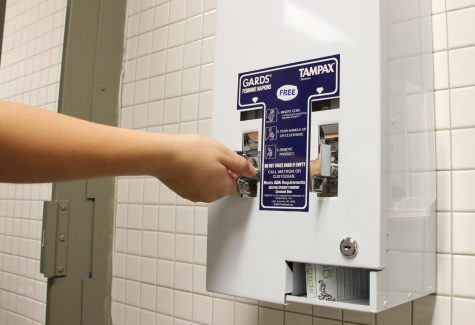
A student turns the knob on the left side of the menstrual hygiene product dispenser, causing a sanitary pad to come out. The machine exclusively offers one brand of pads and tampons, but is able to distribute these products for free.
“The expectation is that a girl just takes what she needs to get through the day,” she said. “I also think some girls are embarrassed to use the machines in the bathrooms, and would rather ask the office ladies if we have anything to help her out.”
At Lynnwood High School, custodians stock functioning dispensers that accept dimes and quarters, based on the product, according to office manager Cherrol Banta.
Fiorillo does not foresee vandalism on the new machines. The first two dispensers were installed on Sept. 12, 2018, one year after administration began discussing their re-implementation. This time around, administration hopes they won’t need to remove these dispensers, as the last one left the building in around 2008.
Former Principal and current Assistant Superintendent Greg Schwab recalled the administration choosing to remove all dispensers. There were multiple instances of the dispensers being torn off the walls and the toilets being clogged with the products. As it became difficult to maintain the dispensers, they settled on making the health room the main source of pads and tampons.
As for the recent reinstallation of the dispensers, Fiorillo believes they are faring well in the school, even though she has not heard any comments from students about their availability.
“Probably, for us, no news is good news. They have not been vandalized,” Fiorillo said. “Obviously, the way that the custodians are talking, students are very respectful. They’re not just emptying [the dispensers]. They’re using it the way we intended it to be used.”
A strong next step, according to Hill, is to install more dispensers throughout the school.
“Maybe we need to work on having dispensers at some additional places that are far flung so people don’t have to walk so far,” Hill said.
However, administration currently has no plans to install more MHP dispensers, as Fiorillo feels the school has “good coverage” with the two already in place. She hopes other schools will consider implementing dispensers as well, if their student body desires them.
“I love the student voice, so I hope that students recognize that this was brought about [by] student voice,” Fiorillo said. “I hope it would be like that for all the high schools and that a student at another school brought it to their staff, that they would listen and respond.”
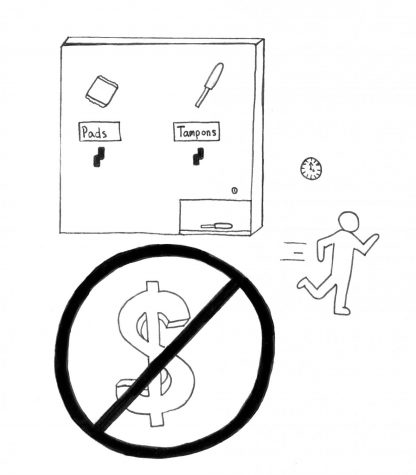 Nico Francois
Nico Francois






